Why devs make merchandise and what it costs them
The struggles of making good swag.
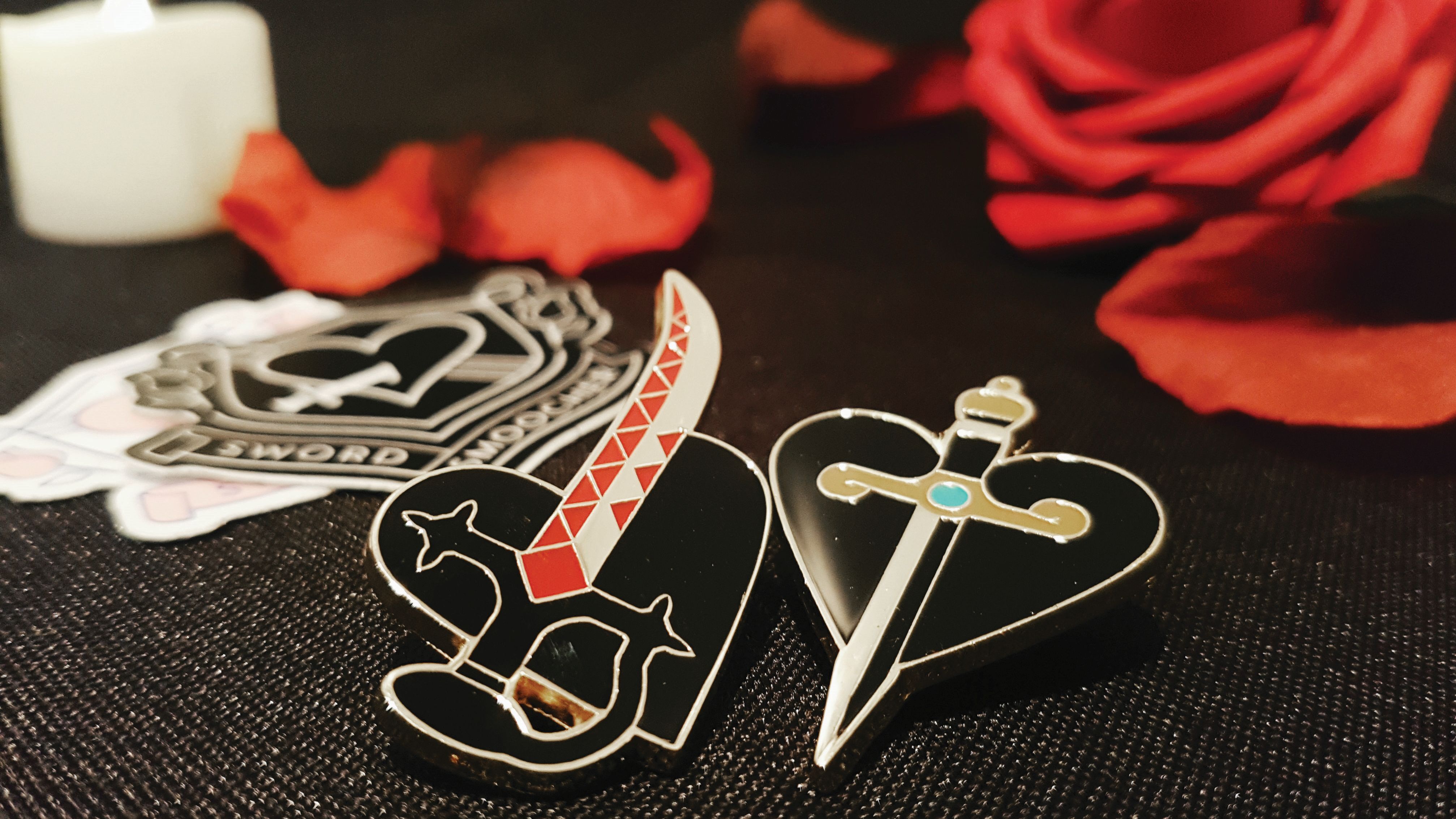
From the ‘feelies’ included in 90s adventure games, to the branded shirts on clearance at Hot topic, merchandise (also known as ‘swag’) can sometimes feel as vital to gaming culture as the games themselves. with decades of iteration, it’s tempting to think that most of the issues associated with merchandise are now solved—making fiascos like the Fallout 76 duffel bag recall even more egregious. what I instead discovered is a process still riddled with potential money pits and failure points.
“For many years we ran our own merchandise shop and shipped out orders ourselves,” says Kevin Simmons of Asymmetric, developers of browser classic Kingdom of Loathing and indie hit West of Loathing. “If you add up the cost of the materials, salary of the person handling the orders, and all the shipping, we actually lost money! The merchandise was meant as fan-service, and we kept prices as low as we could manage—T-shirts were $15 including shipping within the US, for example.” They’ve since contracted merchandising to Topatoco, but tales of breaking glassware and other fulfilment nightmares are a surprisingly common tale during the shipping process.
“Generally speaking the hidden costs of swag are not in the production end,” says Chris Stewart, COO at Kerberos Productions. “Any nightmares you run into are in fulfilment, particularly shipping items overseas. Our current policy on large posters is ‘NEVER AGAIN’, but in general we’re wary of any overseas shipping without a local fulfilment partner to protect our fans from additional charges, like the VAT in Europe.” Spread across multiple original IPs including Sword of the Stars and Kaiju-A-GoGo, they’ve commissioned everything from bumper stickers to challenge coins. “We’ve taken some risks on making those items, but those risks were always mitigated by having a few people who wanted them from the start and essentially pre-ordered them during the crowdfunding campaign,” Stewart says. “Some things that you’d think might be difficult were much easier than expected! Challenge coins were remarkably painless, for example, and the current tech for producing multiple colours and finishes really blew us away. The thing about merch is that each item is a mini-project. You have costs associated with design, production and delivery. They tend to eat up your margins so much that it isn’t really a profitable avenue if you’re trying to raise funds for some other product like a videogame.”
Kitfox Games has produced a number of merchandise items—usually as a part of their crowdfunding campaigns. “When you’re a new company working on a new IP,” co-founder Tanya X Short says, “it’s more costly because nobody trusts that your game will actually exist, and they have to cover their risks. Other than enamel pins, things haven’t really changed from our end, except that we’re becoming seen as more legitimate and our games as more prestigious to be associated with, so it’s easier to get merch contracts.”
With the viral success of Boyfriend Dungeon, Kitfox Games has found better merchandising deals than ever, including a partnership with IndieBox to create two-sided bladesona body pillows.
However, even studio stability and viral attention don’t guarantee a smooth production process.

Back and forth
The creators of free-to-play MMO Transformice struggled with the creation of plushies for their signature game. The process involved giving instructions to a factory located in China and neither party spoke the other’s language. “The prototypes were… hideous,” recalls co-CEO Mélanie Christin. “I would Photoshop the pictures they sent me to tell them what I wanted changed. And with each iteration, they would change something else I never asked for,” she says. “We worked it out eventually, but we were lucky to have our reseller as a negotiator and that our order would be big enough.” Plushies are one of the very few pieces of merchandise the studio created for sale, with the developers preferring to find success along other metrics. Giving away thousands of headbands with mouse ears on them during Japan Expo was put together fairly cheaply, for example, and had ripple effects on the studio’s visibility for years to come.
Keep up to date with the most important stories and the best deals, as picked by the PC Gamer team.
Despite the difficulties with creating swag, everyone I spoke to was enthusiastic about the merchandise they produced, even if it was being made at a loss. Merchandise isn’t just a source of bragging rights, it’s a tangible connection to worlds we can never visit.
Maker mementos
Sometimes, developers get exclusive swag. Here are a few prime examples.
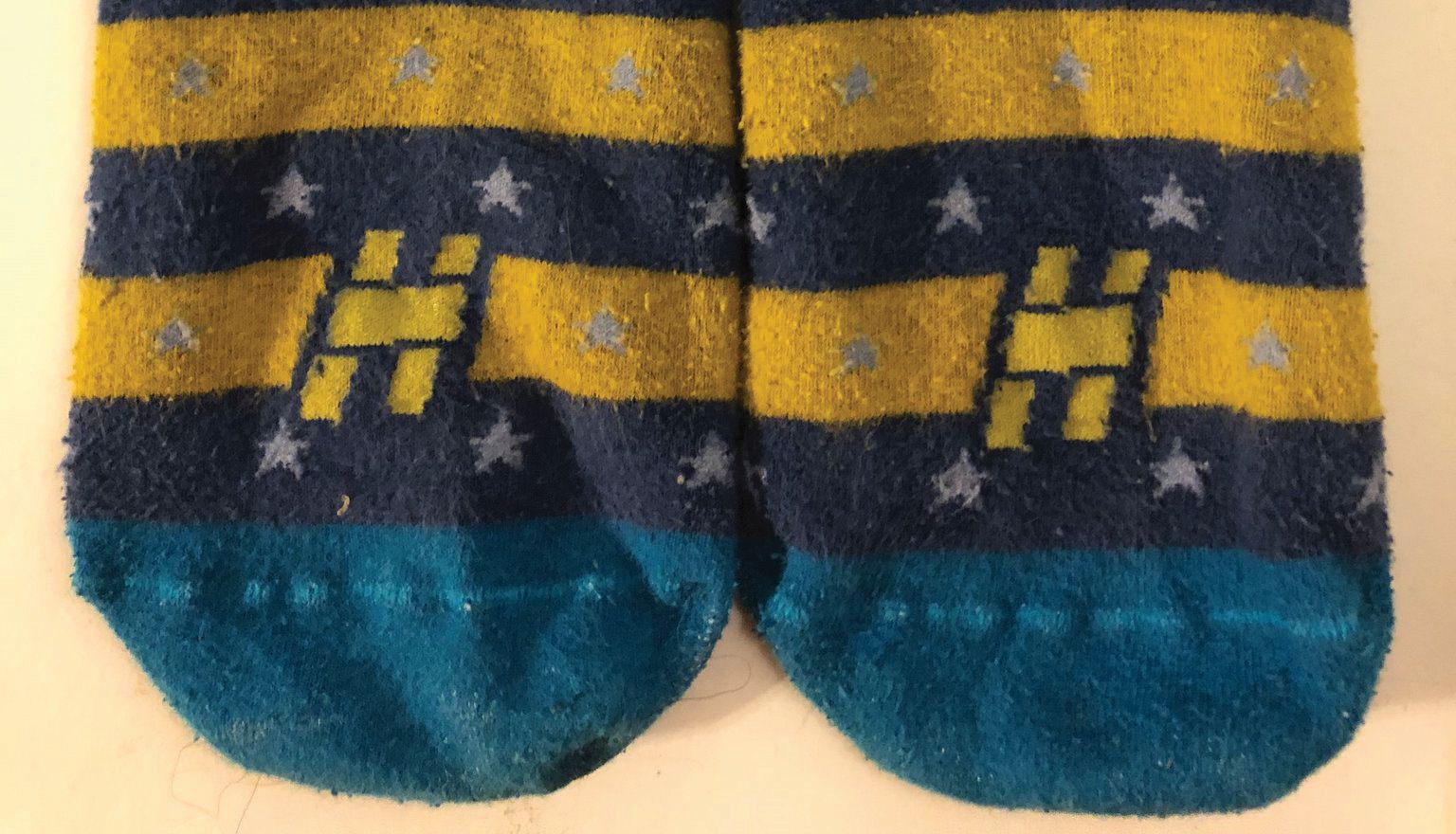
Telltale's Hyperion socks
Telltale developers who worked on Tales From the Borderlands received custom Hyperion socks styled like those of protagonist Rhys after release. Juan Vaca, one of those developers, still wears them on special occasions.
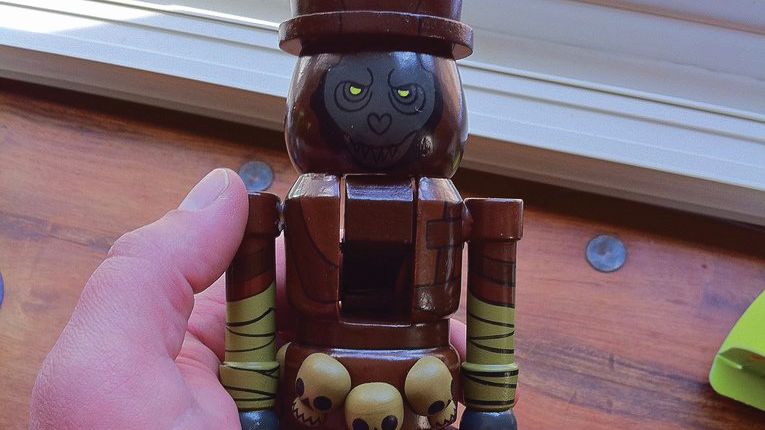
Bulletstorm's Nutcracker
Alexander Newcombe (former QA manager) shares a “Nutcracker” given to certain members of the Bulletstorm team after production was complete. Much like the game’s sense of humour, it is alternately charming and horrifying.
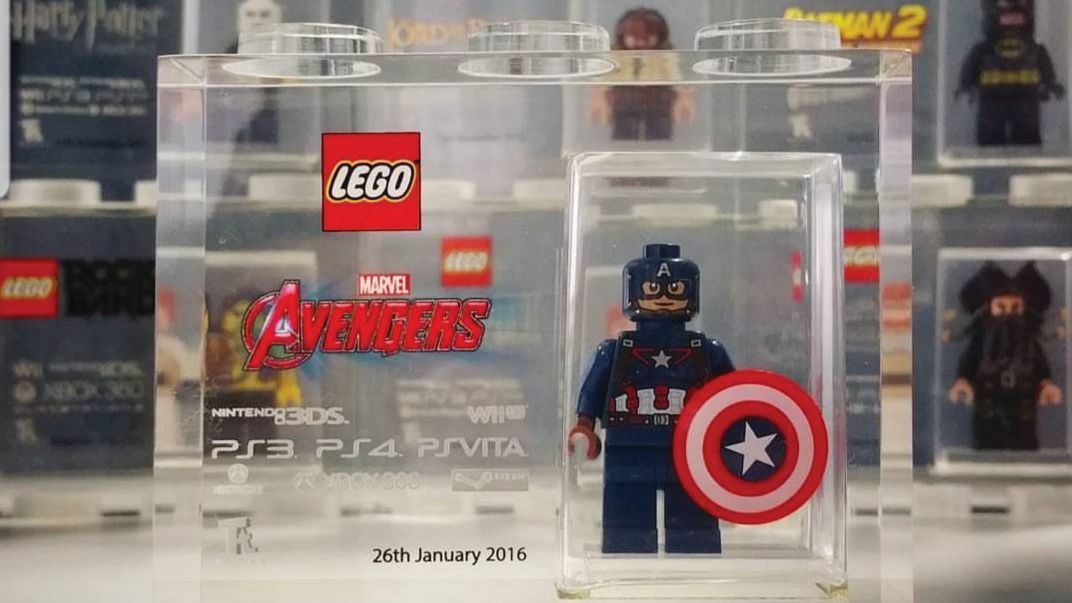
Lego Tombstones
Developers of Lego games are given plastic bricks with a central figurine frozen inside; the title and platforms it launched on etched outside. Former Traveller’s Tales designer Steven Thornton calls them “Tombstones”.
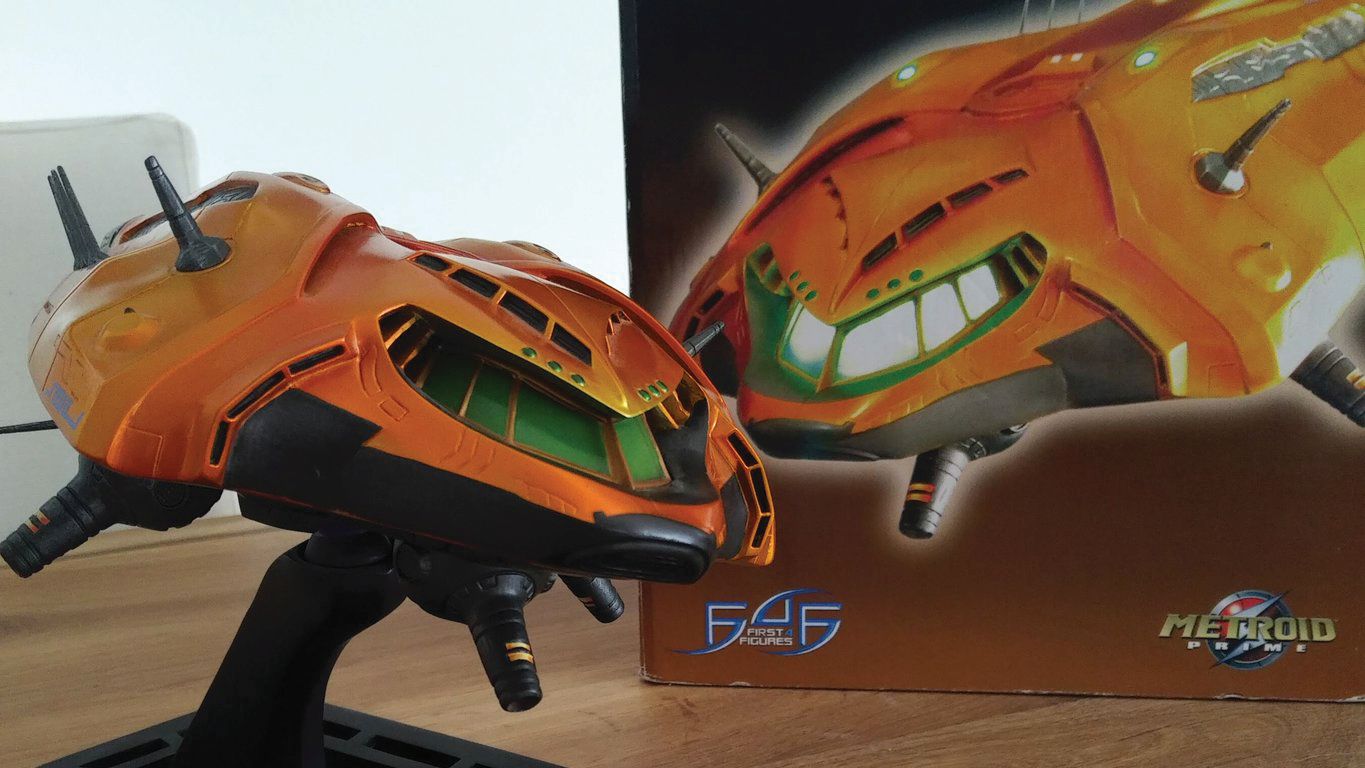
Metroid Prime's Gunship
As a senior artist at Retro Studios, James H Dargie helped create the new look for Samus’ signature ship seen in Metroid Prime. He received a discount on the model of his version, which he still owns.

